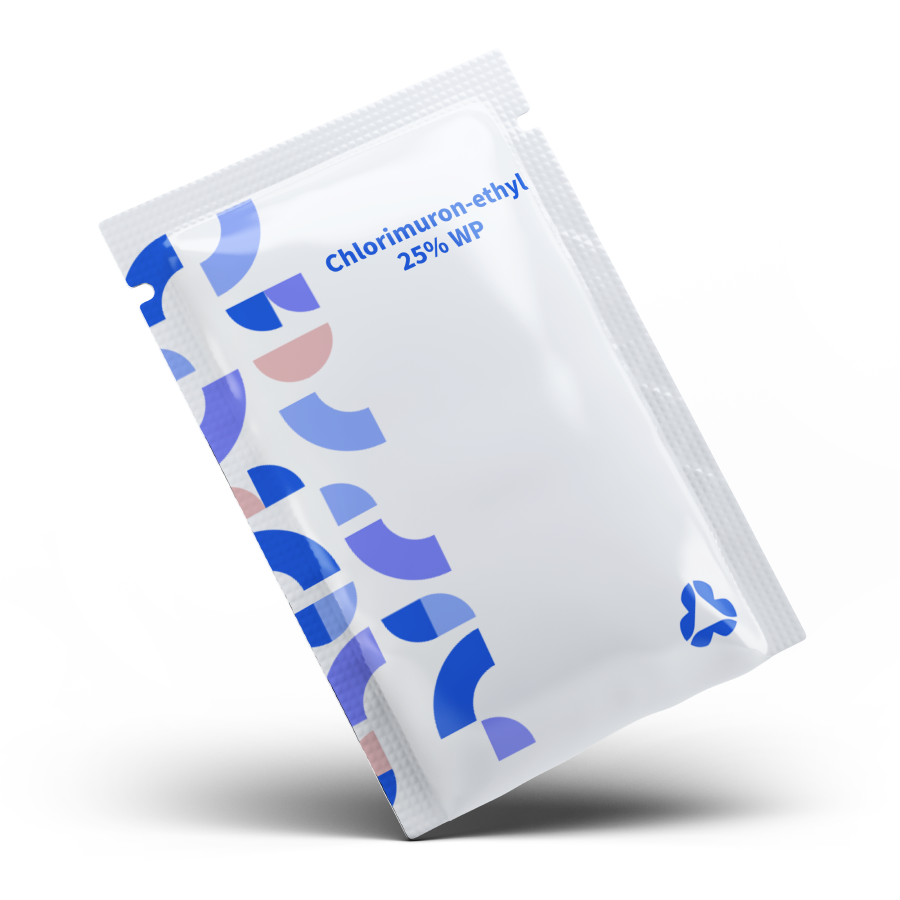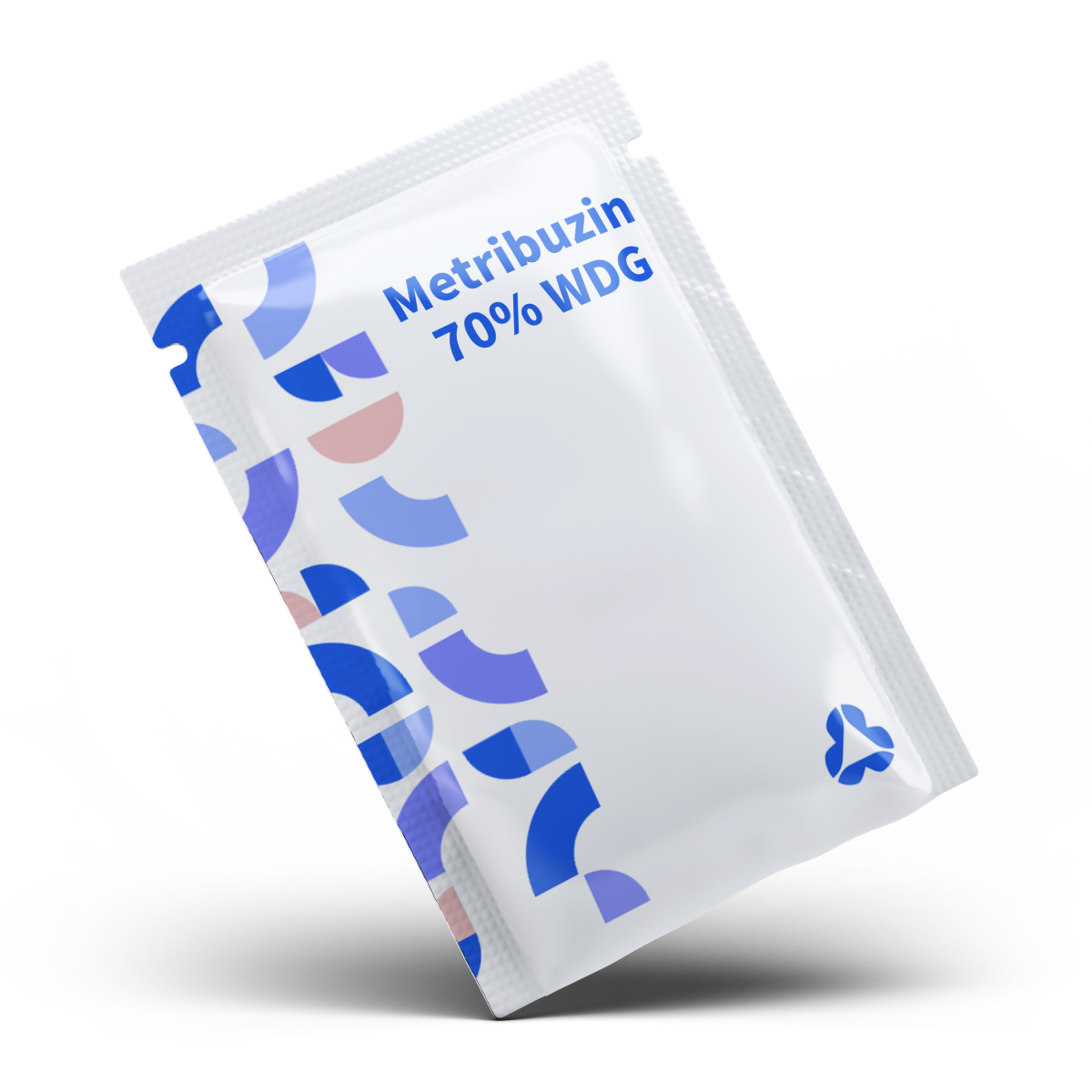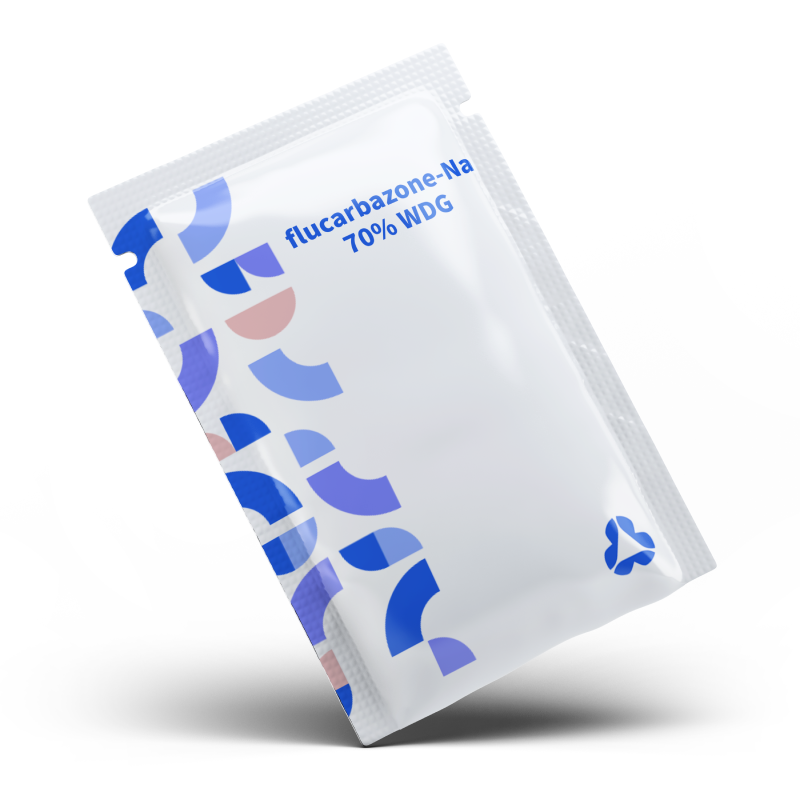Metribuzin 70% WDG (Water-Dispersible Granule) is a triazinone-class selective herbicide designed for pre-emergent and post-emergent control of broadleaf weeds and annual grasses in row crops. As a photosystem II (PSII) inhibitor, it disrupts electron transport in chloroplasts, preventing weed photosynthesis and leading to chlorosis and necrosis. The 70% WDG formulation offers superior water dispersibility, reduced dust, and precise dosing, making it a staple in soybean, corn, potato, and vegetable cropping systems worldwide.

Chlorimuron-ethyl Herbicide | Selective Pre- and Post-Emergence Weed Control
Chlorimuron-ethyl is a selective systemic herbicide from the sulfonylurea family, designed to control annual and perennial broadleaf weeds in soybeans, peanuts, cotton, and other leguminous



